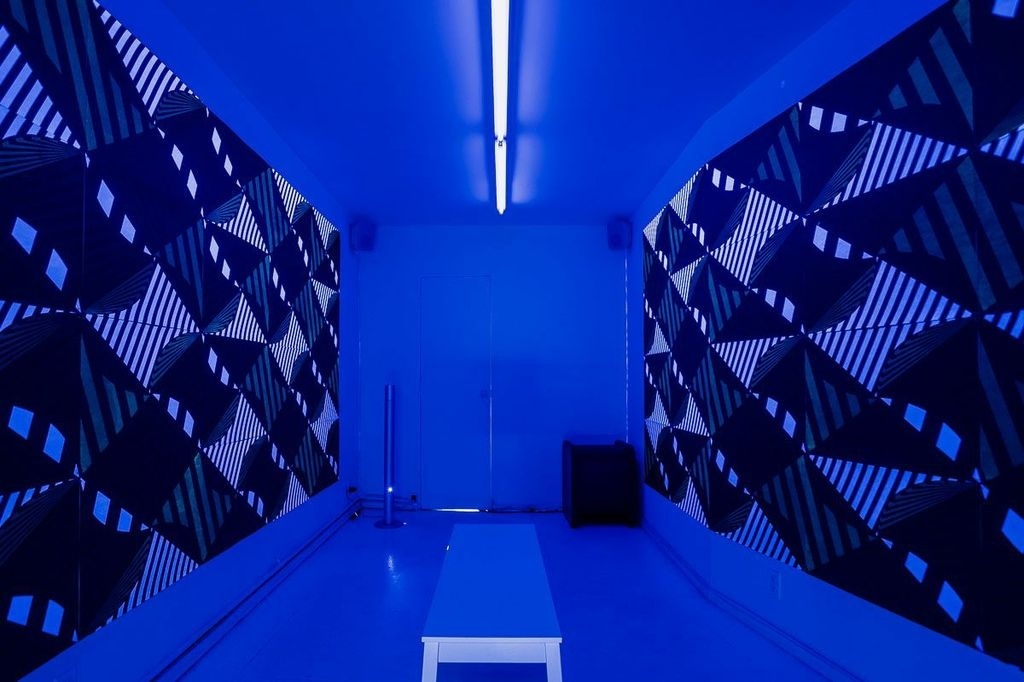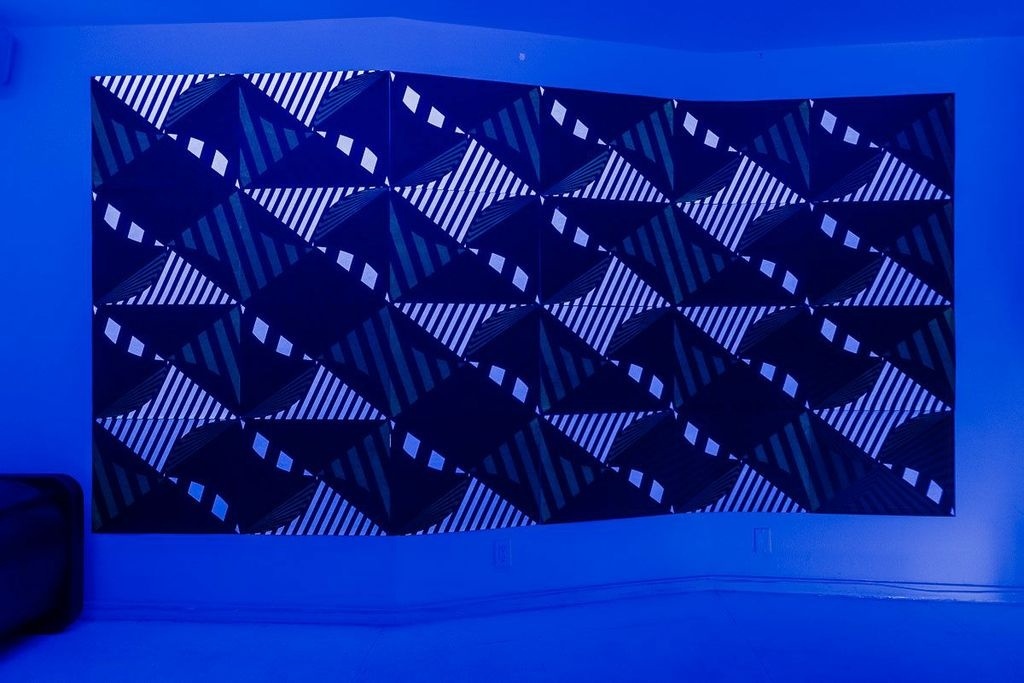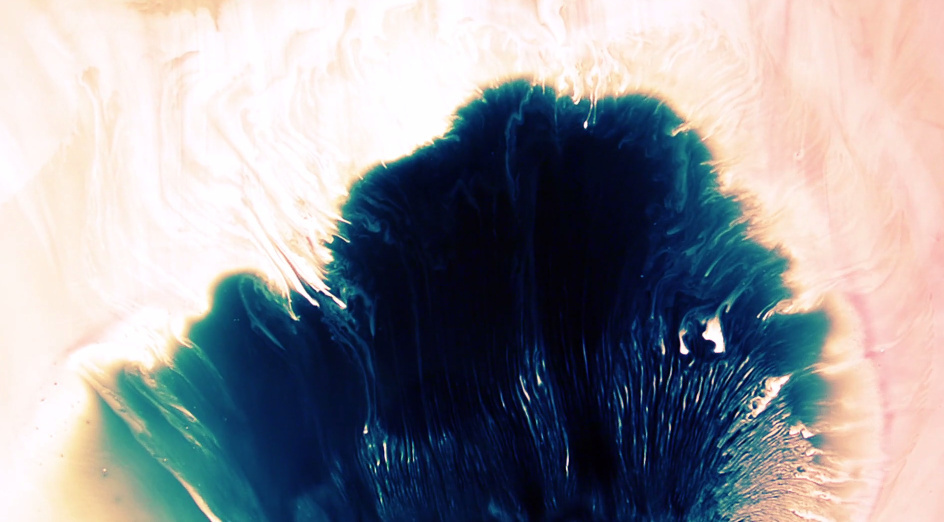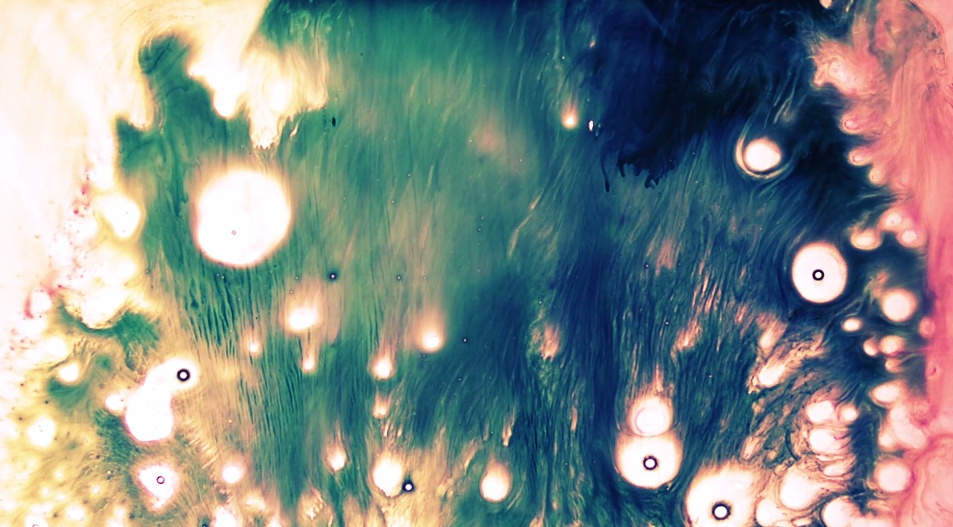In Café Oto, the eyes of two strangers briefly meet. They look away, reverting their attention back to the sounds of a Persian bongo tribe, gently nodding their heads in unison. Later, at the bar, they find themselves next to one another, waiting to order. They glance across once more. One reacts familiarly, and moves in.
“Excuse me?”
Videos by VICE
“Yes? Hello”, comes the reply.
“I wouldn’t normally do this, and please don’t think I’m strange, but are you wearing… Drone by Tim Hecker?”
They move closer, eyes sparkling.
“It is, yes. That’s not…? You’re not wearing…? Noise by Ben Frost, are you?”
They of course already know the answer, locked in eternal embrace. They leave hand-in-hand to make twitching love to Autechre b-sides.
While this has obviously never happened, anywhere, ever, this year could be the year that Wire Magazine subscribers begin smelling like they always wanted to. Instead of smelling like vinyl cleaner, they can finally be able to ooze magnetism via the scents of Drone, Noise and Bass. Pulling at a Michael Chapman concert has never seemed so possible.
It was recently announced that Unsound Festival is to present Ephemera – “a synaesthetic installation combining scent, sound and visual elements” – in Krakow this October, after this month’s installation run in New York’s Audio Visual Arts (AVA) Gallery. As part of the installation, artists Ben Frost, Tim Hecker and Kode9 (Noise, Drone and Bass respectively) created pieces of music that were in turn transformed into fragrances – “olfactory compositions” – which were then pumped out into the installation room. Depending on what time of day you went, you experienced the sound and smell of Drone, Bass or Noise, accompanied by pattern-heavy visuals created by Manuel Sepulveda (Optigram) and Marcel Weber (MFO).

AVA Gallery, New York.

The installation room at AVA Gallery, New York.

The installation included both video and silk-screened materials, revealing elements as the light moves.
Unsound’s Małgorzata Płysa, the co-curator of the project, explained it as so: “Scent and sound are both the most ephemeral of senses. Without having a visible physical form, an image attached to them, they have the power to trigger emotions, uncover memories and move other senses. Having been working with various types of sound, often abrasive and physical, we have decided to try and blur the lines, adding sense of smell and discovering what the effects could be.”
To find out more, we spoke to the man responsible for creating the olfactory composition, Geza Schoen, and artists Tim Hecker and Kode9.
Schoen could (apparently), at the age of 13, “already distinguish more than 100 fragrances from each other.” He also seemed the perfect fit for the job, having taken on some more idiosyncratic and experimental projects in the past. One entitled ‘Paper Passion’ was particularly innovative, and “was probably quite an unusual project. [It was] to cover the ‘smell of paper’ and printed books.”
Schoen goes onto to explain his approach to this piece, and how he relates sound and smell. “I have taken names of songs and added them as work names for my creations, but that’s about it. Creating a formula after you listen to some music also works quite methodically. Certain sounds equal smells in my understanding of my own olfactoric world, with a specific selection of attributes to describe odours. Anyone else would interpret the music differently though, I suppose. The odour of raw materials I use to create scents and perfumes don’t really scream sound to me. The ambient character of a song triggers it rather than words, which then translate into a group of ingredients I could choose from.”
ephemera.probe.02 from MFO on Vimeo.
When approaching creating the pieces of music – which were freshly generated for this installation – Kode9 had a very specific idea. “I decided to focus on a childhood memory in which the sound and smell of burning from a broken hoover, became imprinted my memory. My sound piece is to do with that, and follows the agency of that domestic object into the present.”
Tim Hecker on the other hand describes his piece conceptually as “a speculative day-glow incense, from rituals where long-form sound induces levitation. The smell of music that has somehow gone on too long, but no one cares. The confusion around odours possibly coming from an unwashed composer or a fully-washed cleric bathed in smoke. A chance to ease off from the sensory dominance of sound, where light and smell also hopefully coalesce.”
In a more literal sense, Hecker says ” It’s a repeating, filtered motif that cycles on in 10-minute waves. Kind of meant for short and long-form listening”. When asked to describe what the end product of his hoover-inspired piece sounds like, Kode9 says “A kind of dusty journey inside the intestines of a vacuum cleaner. A huge fog-horn brassy bassline, travelling at 1 mile an hour.”
Both artists have unique approaches when considering scent in their music. “Usually I smell the odour of my Adam S3A monitors cooking, and the cotton baton moving around when bass is circulating in my studio”, says Hecker. “The smell of the neighbours also.” Kode9, likewise, remarks that “I often think of the beatless sections of tracks as liquids, clouds and gases, each with their own density, consistency, opaqueness, colour, odour. I get a lot of taste from synthesisers – particular limes and lemons.”
For both artists, an expansion on sensory stimulation plays a key role in their work and approaches generally: “To be honest, I think the idea that there is five distinct senses is quite misleading. For me, that synaesthetic condition of sensory overlap is primary, and the semblance of (only) five distinct senses is a secondary layer encrusted around our eyes, ears, mouths, noses and tongues. Rhythm, being abstract and non-sensuous, crosses all the senses, but becomes actualised through sound, image, smell, taste and touch. Both sound and scent are types of atmospheric engineering, like air conditioning deals with temperature, atmospheric engineering deals with intensity. Both are engaged in the non-visual modulation of the affective tone of a space. Both deal with fuzzy, ambient entities such as gases and clouds.”
While some of the links to other senses can be too much for Hecker, “Its too strong. I’m very sensitive to visuality and smell, so I try to keep those aspects fairly battered down while I write music. Frankincense was a big component in my last album ‘Virgins’ though.”


The compositions were then sent to Schoen, as “all three are very special and niche in comparison to most other music pieces I listened to in the past. Very experimental and ambient – which is good for what I was asked to do” he says, before elaborating on what immediately jumped out at him – in an olfactory sense – when hearing the music. “Drone needed a lot of air in it. It had to be light, yet a little woody and earthy somehow. Noise had to be piercing.; sharp, dark, leathery and somewhat clean. Bass translated to balsamic. A very deep note with a liquor top-note.”
The installation opened at the New York edition of Unsound on March 31st, and due at Unsound Krakow festival too this October. By this point, Drone, Noise and Bass may well be ready and sold in bottles. Neither artist has smelled their own scent as yet (they are in the mail as we interview).
Interested in the process of how sound can translate to smell, and then smell to sight, I’m left wondering: considering the usually bombastic, occasionally plain awful nature of perfume adverts, what their perfume adverts would be like for their own scents? “Clerics throwing incense, naked hippies playing bongos, panning to fields of billowing indiscernible organic matter”, says Hecker.
Kode9 finishes, rather brilliantly, “As someone who spends a lot of time in airports, I do spend too much time lurking around cosmetics counters. Having a casual sniff here or there, laughing at the prices. I think the synthetic production of scents is a really fascinating, alchemical and hi-tech area. It’s basically engaged in engineering pockets of atmosphere. It’s a whole other invisible world of non-distinct entities, hazes, clouds and stray molecules, modulating hormonal behaviour and desire in the process.”
What would the advert for your perfume be like?” Probably a slow panning shot over a desert of burning tyres, ending up at Grace Jones’ face saying ‘Because you deserve it’. That would capture the essence of my fragrance.”
The Ephemera fragrances are being bottled as we speak, and due for release this year.
Unsound will take place this October in Krakow, Poland.
You can follow Daniel Dylan Wray on Twitter here: @DanielDylanWray
More
From VICE
-

Were the Three Stooges the original galaxy defenders? (Photo by Camerique/Getty Images) -

GIzmo from 'Gremlins' (Photo by Warner Brothers/Getty Images) -

Screenshot: Activision, Nintendo -

Witthaya Prasongsin/Getty Images